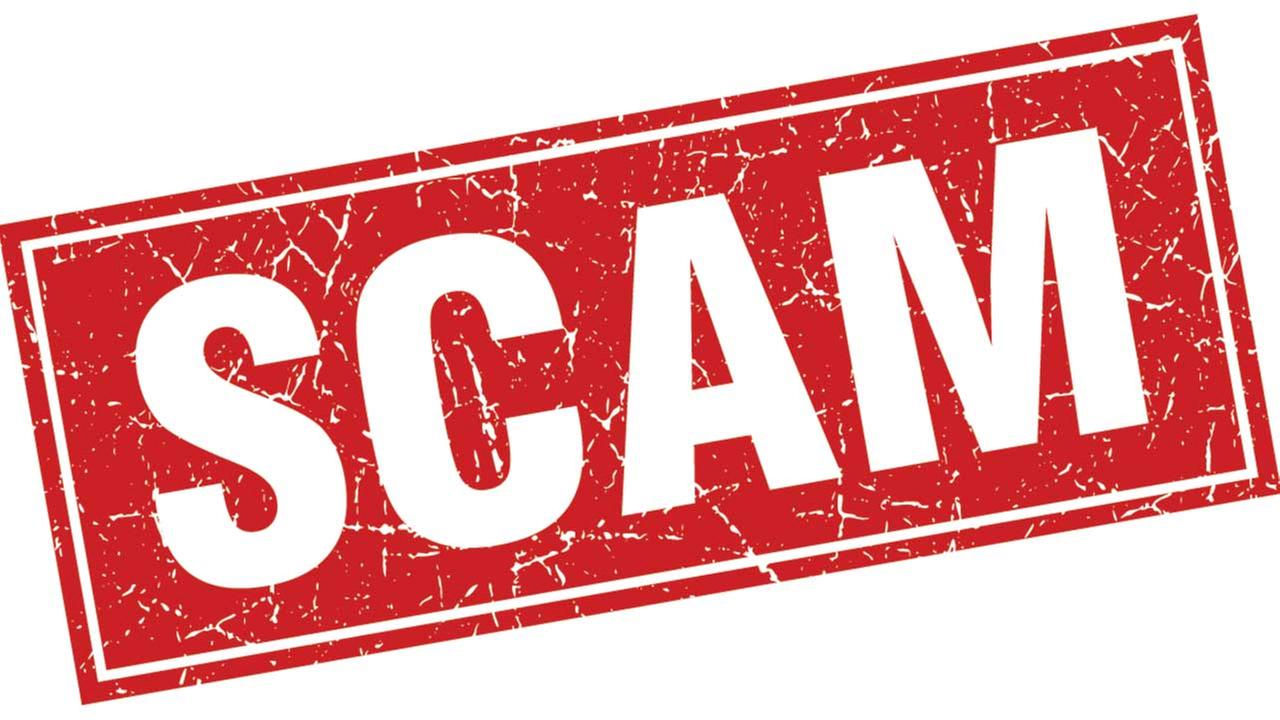Amazon Announces Changes to Associates Program
http://www.theverge.com/2017/2/28/14755276/amazon-affiliate-rate-changes-associate-network-fees
Photo credit: Images_of_Money via Visualhunt.com / CC BY
After weeks of rumors, Amazon finally announced big changes to its affiliate program that will significantly cut compensation for high-volume affiliates.
The new fee structure offers different flat-rate commissions based on product category but does away with the former variable rate structure that tied commission rates to sales, which previously allowed high-volume sellers to make upwards of 8% in most categories.
Small-scale members of the associates program may make a few dollars more with the new rates, but total payouts from Amazon are certain to decline.
Affiliates have long been used as a reliable help to bolster traffic for Amazon. It will be interesting to see whether the fee structure will have an impact on Amazon’s traffic and growth, since affiliates are less incentivized to push Amazon’s products. Sellers who rely on affiliates may need to pay more as a result.
The new rates can be found here: https://affiliate-program.amazon.com/help/operating/compare
Amazon Making Progress Against Scam Sellers

Though Amazon has been plagued by sellers running all kinds of scams in recent years, they seem to be making significant progress against at least one popular scam – sellers who post fake products, report a shipping time longer than the two weeks it takes to be paid out by Amazon, and skip town before the issue is noticed.
Using data from Marketplace Pulse, Forbes reports “a precipitous drop in the amount of new scam sellers opening accounts on Amazon.” They attribute this decline to limits that Amazon is now imposing on new sellers on the number of products they can list, with limits rising as the seller successfully fulfills orders.
Amazon still has plenty of work to do to rid its seller community of scammers and hijackers, but it’s encouraging to hear that they’ve been taking effective steps to limit the damage that fake sellers can do.
Retailers Struggling to Match Amazon’s Fulfillment Capabilities
![]() With Amazon offering two-day free shipping for Prime members, Walmart offering free in-store pickup, and both retailers offering free shipping on most orders of at least $35, consumers are getting used to a new standard of shipping that other retailers are struggling to match.
With Amazon offering two-day free shipping for Prime members, Walmart offering free in-store pickup, and both retailers offering free shipping on most orders of at least $35, consumers are getting used to a new standard of shipping that other retailers are struggling to match.
According to a report by JDA Software and PwC, only 10 percent of 350 surveyed retailers are profiting off online orders arranging for in-store pickup.
And that’s just the start. Some other metrics from the survey:
- 62 percent told JDA they plan to raise the minimum spending requirement for free standard home delivery over the next year.
- 55 percent said they will raise the minimum order value required for in-store pickup.
- Several CEOs will also decrease their investments in areas that are becoming too burdensome on their bottom lines – most notably, same-day delivery.
Amazon itself is losing billions of dollars on shipping each year, so it’s no surprise that other retailers are in the red. But which retailers can sustain these losses and which will give up trying altogether will be interesting to follow as the marketplace continues to change.
Good news for sellers on the platform as Amazon continues to dominate retail with more and more buyers opting to use Amazon for fast shipping.
What Does It Mean to Be an Average Amazon Seller?
https://tamebay.com/2017/02/revealed-what-the-average-amazon-sellers-business-looks-like.html
![]() Using back-of-the-envelope calculations, Tamebay has pieced together an interesting profile of the average third party Amazon seller.
Using back-of-the-envelope calculations, Tamebay has pieced together an interesting profile of the average third party Amazon seller.
According to their estimates, the average third party seller:
- Turns over $115,000 annually, or about $9600 monthly
- Sells about 74 FBA items per month at an average selling price of $70 per unit
- Has seen annual growth of about 40%, with FBA sales growing much faster than FBM
Of course, these estimates are very rough and should be taken with a grain of salt. And since averages are skewed by top-selling outliers (median sales would provide a better example of a truly average Amazon seller, but would be much harder to estimate based on available data), don’t despair if your numbers fall short of this!
How does your Amazon business stack up? What are you doing annually and monthly? How many products are you selling? Let us know in the comments below!